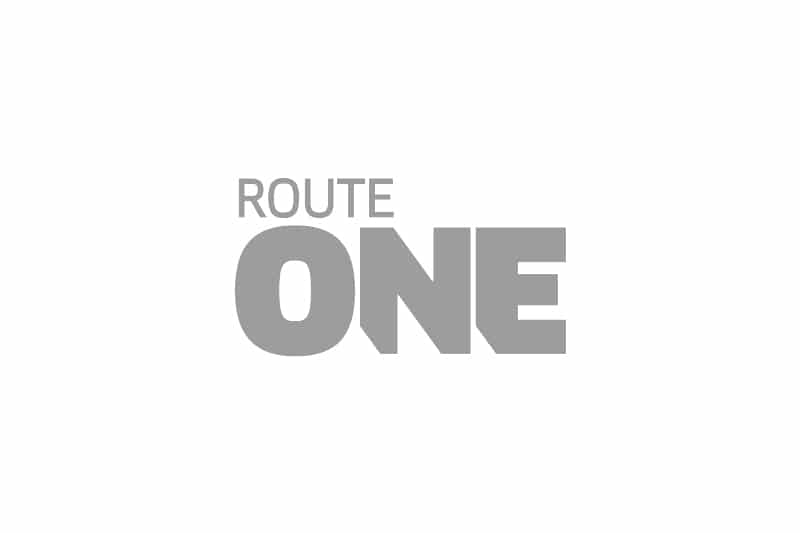A change to the Ogden tables means that insurance premiums are rising by at least 10-15%. What can you do to protect yourself?
The consequences of the Lord Chancellor’s decision to amend the discount rate in the Ogden tables to -0.75% will easily be overlooked by operators.
What won’t be overlooked is when your renewal premium jumps by anything from 10-25%.
This will affect all operators.
It’s a big hike and you need to take action now – even if you are on a long-term deal and renewal is some way off.
The tables
The 'Ogden' tables help actuaries, lawyers and others calculate the lump sum compensation due in personal injury and fatal accident cases.
Nicknamed after Sir Michael Ogden QC, who was on the working party for early editions (1984 onwards), their correct name is Actuarial Tables with explanatory notes for use in Personal Injury and Fatal Accident Cases.
The calculation is used in large personal injury claims settlements where the injured party is severely incapacitated and unable to enjoy their former quality of life.
Large settlements comprise two components – a lump sum paid by the insurer, lower than the total agreed compensation, and interest the claimant can earn by investing the lump sum.
Together, these are supposed to deliver the agreed settlement sum, which typically runs into thousands of pounds, in such cases.
Since 2001, the calculations have been based on the assumption that the injured party can access an interest rate of 2.5% for their lump sum investment.
However, due to the sustained period of very low interest rates, the Lord Chancellor has moved the Discount Rate to -0.75%, as from 20 March.
It means that for every £1,000 paid in a settlement, £25 was formerly supposed to have been delivered by the 2.5% interest accrued each year. This meant that the insurer only paid £975.61 per £1,000.
With the new rate, insurers now have to pay £1,007.56 per £1,000 in the settlement. This adds up to millions of extra pounds to find.
Like operators, insurers are in business to make a profit, which means their prices (i.e. premiums) will now rise. And, as with all insurance, the overall cost is spread around everyone’s premiums, rather than only those who make claims.
What now?
The immediate effect the issue has had on insurers is to make rapid adjustments to their rates, and a realisation that current premium rates are at risk of falling short by 10% as a minimum.
The issue is of particular importance to the limited number of insurers ‘actively’ insuring buses and coaches (Zenith Marque, Unicorn, Direct Commercial, Mitsui Amlin, ERS and Travelers).
This is because liability for death or bodily injury is unlimited per claimant.
For general liability – employer’s liability (EL) and public liability (PL) – the situation is also relevant.
Where an operator usually buys indemnity up to the statutory limit of £10m for EL and £5m for PL, it could well be that higher limits of indemnity will be needed for larger organisations, where there is a greater accumulation of employees in one place.
Agreements
A number of insurers have previously offered long-term agreements to operators, to lock in their rates for two or three years.
Says Wrightsure Services Associate Director Darren Curd: “We are starting to see these reneged on, or withdrawn from offer, until such time that there is clarity after the consultation.”
When she announced the change in the Ogden tables, Lord Chancellor Elizabeth Truss also confirmed that a consultation will be published before Easter to consider whether there is a better, or fairer framework for setting the discount rate.
In the meantime, insurers have to make sure they won’t be left facing huge losses.
With their own reinsurance premiums suddenly rocketing in response, the reaction of insurers has been to immediately hike premiums.
Gauntlet Group says that its early conversations with insurers “suggest that this could be as much as a 25% increase in premiums at renewal time.”
What about me?
Adds Darren: “It has the effect of rates increasing in the short term to those not seen since 2002, after the 9/11 terrorist attacks that caught the industry out.
“It depends on the types of risks an insurer has an appetite for and their exposure to large losses.”
Some insurers are more vulnerable than others, such as those with greater exposure to London buses and express coaching, where there are likely to be greater numbers of personal injury claims.
While significant accidents capture the headlines, it is the daily dribble of personal injury claims, such as for falls on a bus when it stops suddenly, that operators are vulnerable to.
Says Darren: “For operators keen to reverse the trend in what could be a hardening of rates, now is the time to consider best practice.
“This should be a robust risk management programme, telematics technology that prevents accidents happening in the first place, and a consideration to install CCTV to capture the moment unequivocally.”
CCTV is vital in defending personal injury claims, as exactly what happened can be seen.
Claim rates
The more claims you make, the higher the risk of making claims in the future: This is the basic theory underpinning insurance premiums.
An insurer is trying to work out what the likelihood is of you making a claim, and that risk is reflected in your premium.
If you want the best rates, then you need to have no claims, and a strategy to prevent them.
What does a good claim rate look like? If you have one vehicle, and have one claim in the year, then as far as your insurer is concerned, you have a 100% claim rate.
If you have 10 vehicles, and five claims, the rate is 50%. A typically ‘good’ claim rate is around 30%. And, remember that the claim rate takes no account of distance travelled.
If your vehicle covers 100,000 miles a year, and has one claim, it’s treated the same as if it had only travelled 1,000 miles.
It’s the claim rate that’s important.
You should know what your historical claim rate is, and what steps you can take to protect yourself. Your first port of call should be your broker who can advise you on what your position looks like, and what you can do.
If your renewal is some way off, then while you don’t face an immediate hike, you do have time to improve your claim rates.
Adds Gauntlet Group Director, Ian McCarron: “Bus and coach operators need to proactively tackle this issue, by talking to us and allowing us to create a risk management strategy for them.
“Burying their heads in the sand until the renewal comes around will be of no use. The message has to be to act swiftly and start to manage your risk now.”

























